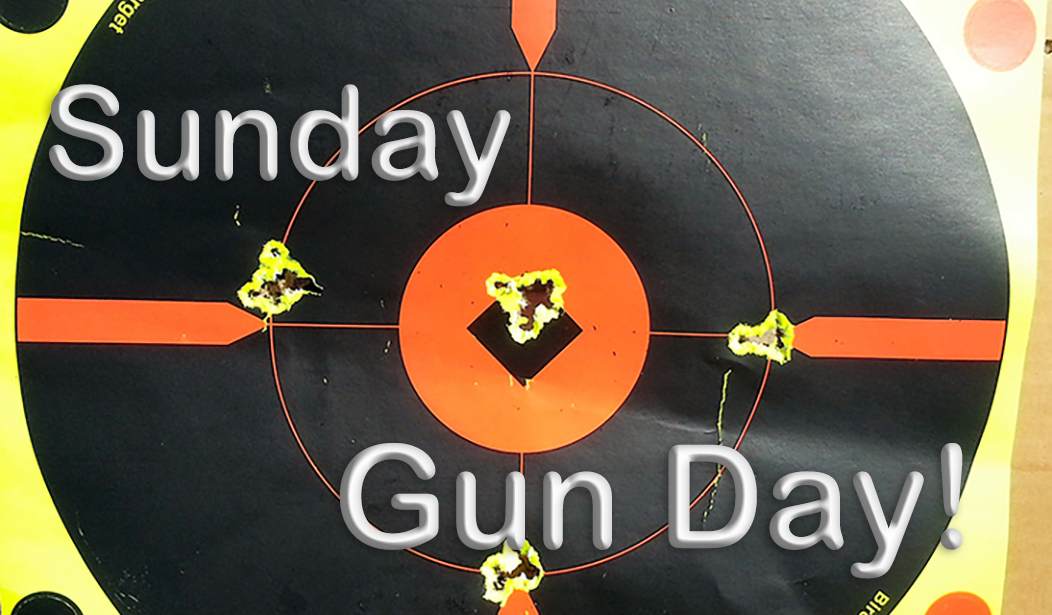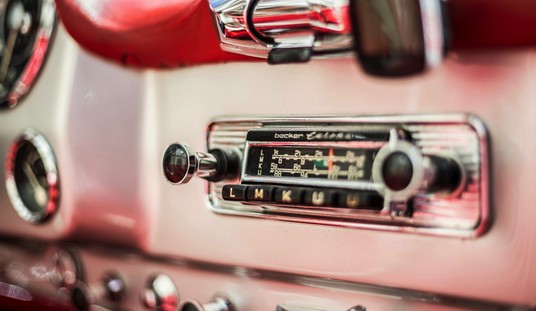Oddball Among Oddballs
I have a sort of fondness for weird guns. Not that I sink any money into them, mind you. My collection contains pretty traditional stuff. But the oddballs are interesting.
The thing about guns is that, for the most part, the broad strokes in gun design don’t vary much from decade to decade, from manufacturer to manufacturer. It’s been that way since the late 19th century, in most cases. Take handguns; revolvers have the ammo contained in a rotating cylinder, in which either cocking the hammer or pulling through a double-action trigger turns the cylinder to align with the barrel, then the trigger releases the hammer to fire the cartridge. For most semi-autos, the ammo is contained in a magazine, usually in the grip. A slide or (like the Luger) a toggle action cycles with each shot, ejecting the empty case, stripping a live round from the magazine, and chambering it for the next shot. If you have a bolt-action centerfire rifle, it’s probably just an updated version of the 1898 Mauser. And most of these guns use the same range of cartridges, too, brass cased, with a primer at the rear of the case, and the bullet seated in the case mouth. This, too, hasn’t changed much in almost 150 years. Propellants and projectiles have changed; in the guns, metallurgy and machining tolerances have changed, as have sights. But the broad strokes? All pretty much the same.
But there are a few designs that are so odd, so off the beaten path, that they deserve a second look, out of curiosity if nothing else. Which brings me to a guy named David Dardick. In 1949, this guy dropped into the arms industry and announced, “And now, for something completely different.”
The Design
David Dardick didn’t just go for different. He went all-in on the “completely” part. The Dardick guns were a sort of hybrid between a semi-auto and a revolver. They fed their unique ammo through a magazine in the pistol grip, but that magazine fed a revolving cylinder. When the magazine was loaded, the first cartridge would be fed into the three-shot cylinder. As the shooter drew back the piece’s external hammer, the cylinder, like a traditional revolver, would be rotated to place the first round in line with the barrel.
Read More: Sunday Gun Day Vol. II Ep. XLIV - A 'High Capacity' First, the Evans Rifle
On firing, the round aligned with the barrel would fire, upon which the shooter would pull the trigger again, rotating the cylinder to pick up a new round from the magazine and eject the spent round from the ejection port on the right-hand side of the gun. The Dardick guns, yes, had a three-round cylinder, but because of the odd design, only two ever contained a cartridge at any given time.
Somehow “weird” just doesn’t quite cover it.The Ammunition
The Dardick used something called a “tround,” a triangular self-contained cartridge. These were available in .22, .30, and .38 calibers.
The proprietary ammo, in fact, may have been a major reason for the failure of the Dardick. The ammo was made with an extruded plastic case, a metal primer pocket, with the powder and projectile contained in a similar manner to a traditional brass cartridge – but the plastic case was three-sided, triangular in cross-section, for feeding in the unusual Dardick design.
There are reports that Dardick also put out tround sleeves, intended to allow a standard .38 Special round to be fired in the Dardick guns, but I’ve not seen any of these, and in any case, it wasn’t enough of a concession to save this oddball from market obscurity.
Read More: Sunday Gun Day Vol. II Ep. XXXVI - The Amazing AutoMag
In 1958, David Dardick received patents for gun and tround, the first being U.S. Patent 2,847,784 and the second, for the tround, U.S. Patent 2,865,126. With his patents in hand, David Dardick was ready to introduce the gun and tround to the shooting public.
The Guns
The Dardick Corporation was set up in Hamden, Connecticut, to build and market the Dardick… whatever it was. Introduced for sale in 1958, the guns sold for a (then) pricey $99.50.
There were three models made:
The 1100, with a short barrel of about 4”, which held 11 trounds.
The 1500, with a longer barrel, holding 15 trounds.
The 2000, which held 20 trounds and fed from both sides of the magazine, I’ve not been able to find any video of the 2000 in operation. There was also a carbine conversion kit sold as well, although it’s unclear how many of those were made; a cursory look indicates it was intended to work with the 1500 action.
The Dardick handguns and their carbine conversion kits just plain didn’t blow up any skirts with the American shooting public. Production and sales ceased in 1962. There are reports that another company bought Dardick’s patents, but that evidently went nowhere. It’s not clear, even, how many Dardick pistols were made.A cursory look at my favorite online gun auction site, Gunbroker, revealed no Dardick guns for sale. A few various trounds, including a 20mm version (!) are on sale as collector’s items.
What Happened Then?
If you want to see a Dardick with its carbine conversion kit, just visit the NRA’s National Firearms Museum. The NRA has this to say about their Dardick:
Though rare, the NRA National Firearms Museum has a Dardick 1500 in its collection, featuring the carbine conversion kit along with the revolver. While the full potential of the design was never realized due to its garish looks and issues with ammunition, the Dardick represents "outside the box" thinking in developing firearms, and is a strange yet intriguing mile marker on the journey of the evolution of the gun in America.
Obviously, the gun didn’t go anywhere. Maybe it was too weird. Maybe it wasn’t reliable; there are reports to that effect. The plastic trounds were notorious for warping over time, which would jam up the gun.
Or maybe, and this seems likely, American shooters prefer to stick with what they know, and that’s brass cases, lead bullets, and traditional, time-tested, functional designs. (I know I do.)
If you can find a Dardick pistol or carbine today, it’s a collector’s item, not a shooter, and it’s not like you could easily find ammo for it; nobody makes trounds and nobody much is shooting these things nowadays. But it’s an interesting little side note in American firearms history, and that makes it worth a look, even now.














